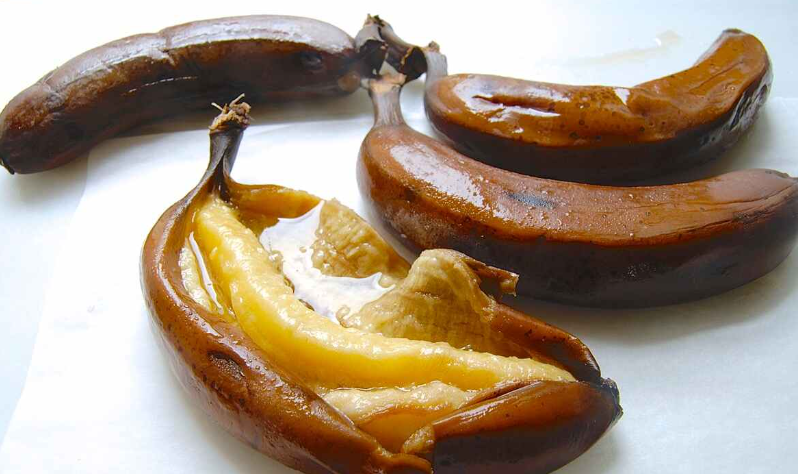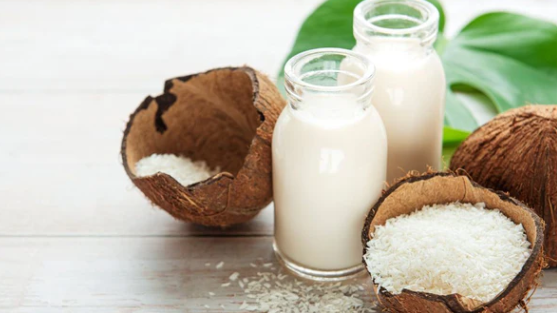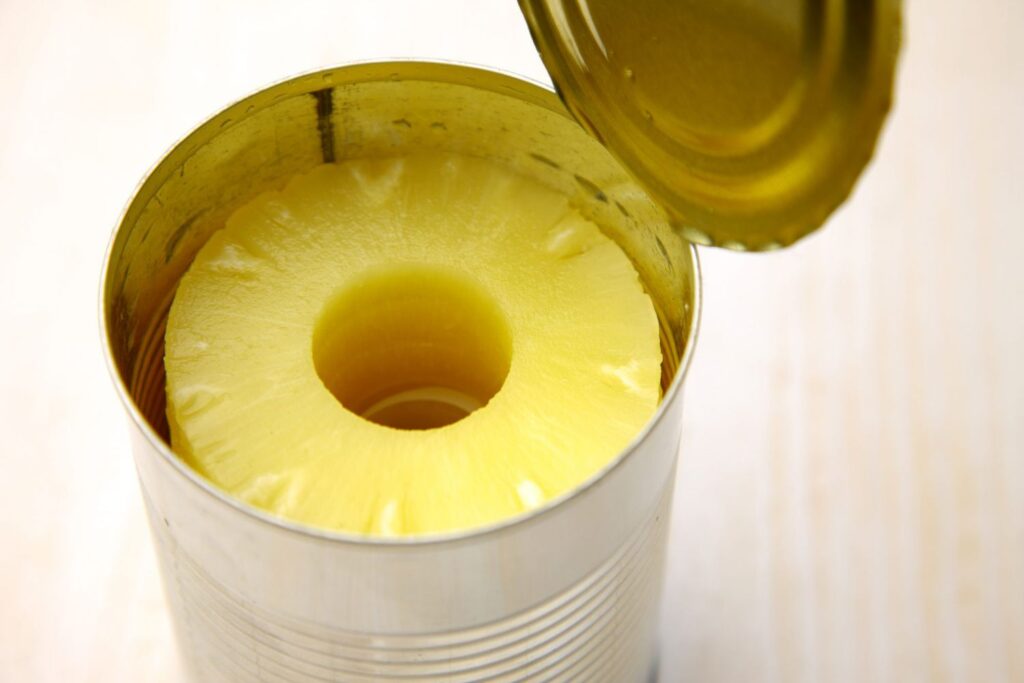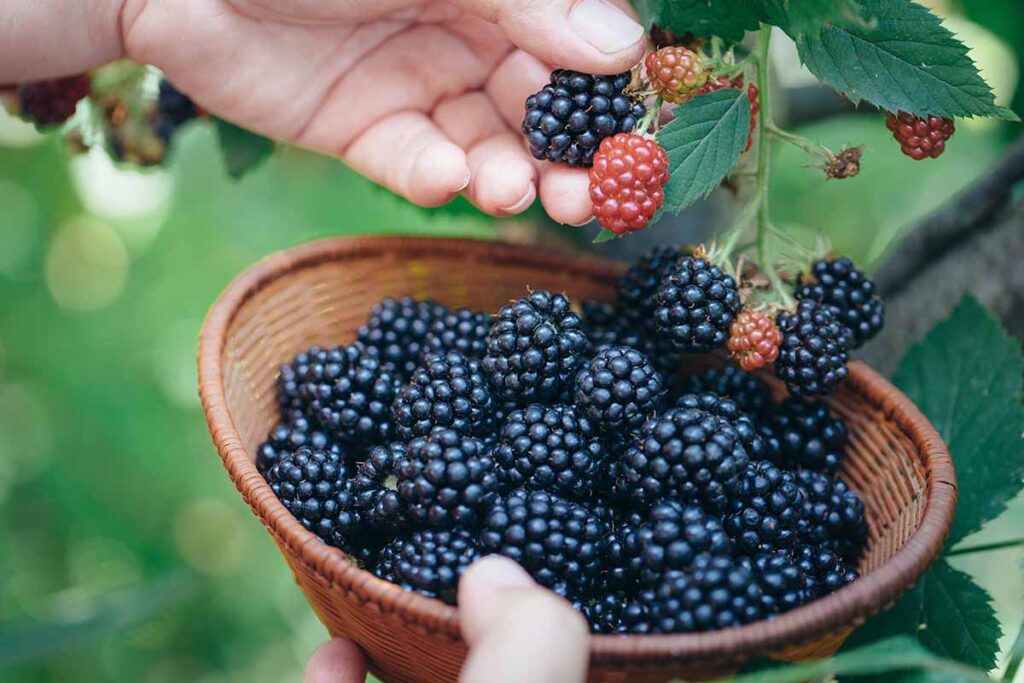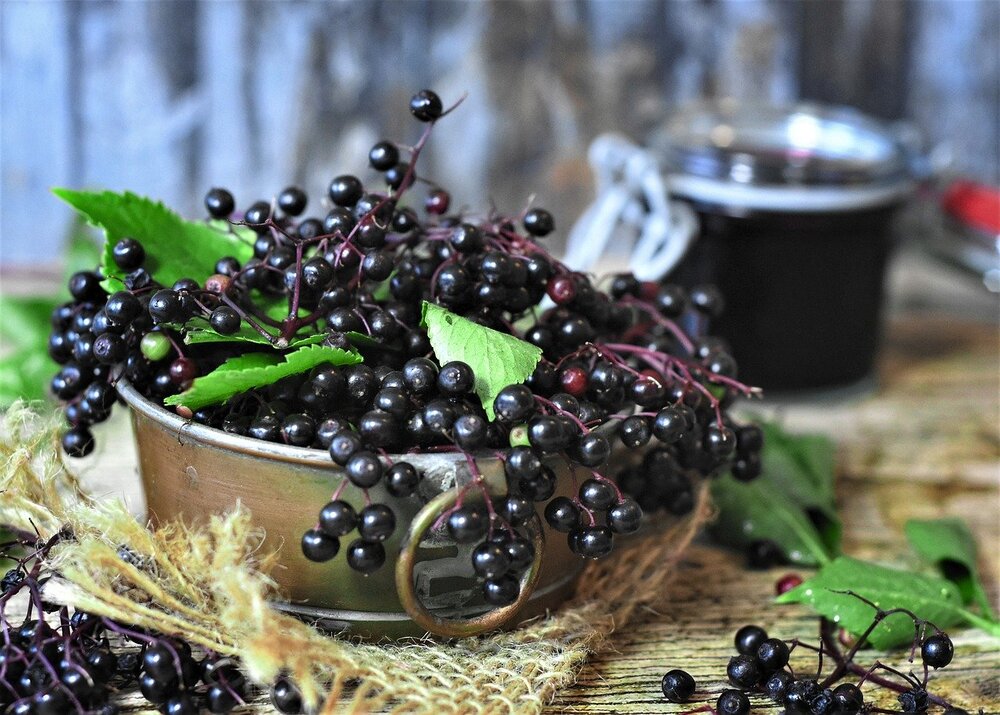Jackfruit is a big tropical fruit that grows in places like India, Bangladesh, and Thailand. It has a rough exterior that can be green or yellow. Inside, it’s full of yummy, sweet pods you can eat raw or cooked.
How ripe the jackfruit is matters a lot for how you store it. Unripe ones are hard and green, but ripe jackfruits get yellow and smell nice. The riper it gets, the more you have to think about how you keep it.
Let’s walk through the steps to keep your jackfruit in great shape:
Table of Contents
- Step 1: Picking a Good Jackfruit
- Step 2: Get the Jackfruit Right Off the Tree
- Step 3: Get It Ready for Keeping
- Step 4: Find a Cool Spot for It
- Step 5: Wrap It Up
- Step 6: Keep an Eye on It
- Step 7: Be Gentle
- Step 8: Eat or Use It Soon
- Step 9: Enjoy Your Jackfruit!
- Keep Your Jackfruit Fresh: Top Tips
- 1. Wrap It Right
- 2. Keep It Cool and Comfortable
- 3. Ethylene Is Not a Friend
- To Wrap It Up
Step 1: Picking a Good Jackfruit
Start by finding a jackfruit that’s just right – ripe enough but still firm. Turn down ones that are too ripe or that look beaten up, they won’t last long.
You want one that’s nicely yellow and smells sweet. A gentle squeeze should make a little give, but it shouldn’t feel squishy.
Step 2: Get the Jackfruit Right Off the Tree
If you can grab your jackfruit fresh from the tree, be sure to do it the right way.
Cut the stem with a sharp knife, but leave a bit on the fruit. This helps keep it fresh. Make sure there aren’t any big cracks or open parts when you pick it.
Step 3: Get It Ready for Keeping
Now that you’ve got a nice jackfruit, get it ready for storage.
Wash the outside under cool water to get the dirt off. If there’s stuff stuck on it, use a soft brush to scrub it clean. But don’t use soap – it leaves a film. Dry it off with a clean towel when you’re done.
Step 4: Find a Cool Spot for It
The jackfruit needs a cool, dry place out of the sun and away from heat. Temperatures between 50 to 55 degrees Fahrenheit (10 to 13 Celsius) are best. A pantry, basement, or cellar could work.
Step 5: Wrap It Up
Keep the jackfruit from drying out by wrapping it in a plastic bag or cloth. This keeps the moisture in. Stay away from completely sealed containers as they could make it moldy.
Step 6: Keep an Eye on It
While it’s stored, check your jackfruit out now and then. Look out for mold or bad spots.
If you see bad parts, cut them away quick so the rest doesn’t get ruined. Watching it closely means you can fix any problems fast.
Step 7: Be Gentle
Move the jackfruit carefully while it’s stored. Dropping it or treating it rough could cause bruises. Even a little damage can make it go bad faster. So, treat it gently to keep it nice and tasty.
Step 8: Eat or Use It Soon
Jackfruit tastes best fresh, but if you have too much, you might want to save some for later.
Chop it up and freeze the pieces in a container that keeps the air out. Or make things like curry, jam, or sweets and put them in the fridge or freezer to eat later.
Step 9: Enjoy Your Jackfruit!
You’re all set to enjoy this tasty fruit. Follow this guide, and your jackfruit will stay delicious for a good while.
Choose it carefully, get it ready properly, and store it in the right place, so you can have the sweet taste of jackfruit any time you want.=(ticket)
Keep Your Jackfruit Fresh: Top Tips
Here are some extra pointers to make sure your jackfruit stays perfect:
1. Wrap It Right
Use containers that don’t let the air in or wrap the jackfruit well. This helps keep it from spoiling.
2. Keep It Cool and Comfortable
Jackfruit likes warm, damp places, so try to keep it in a similar spot when you store it. A fridge keeps it cool and steady, making it last longer.
3. Ethylene Is Not a Friend
Some fruits make ethylene gas, which makes other fruits, like jackfruit, ripen too fast. Keep it away from apples, bananas, and avocados to stop this from happening.
To Wrap It Up
If you store your jackfruit right, you’ll get to enjoy its taste and freshness for longer. Use the steps in this guide: choose ripe ones, prepare them carefully, and keep them in a good spot. Embrace the tropical wonder of jackfruit and all the yummy dishes you can make with it.
